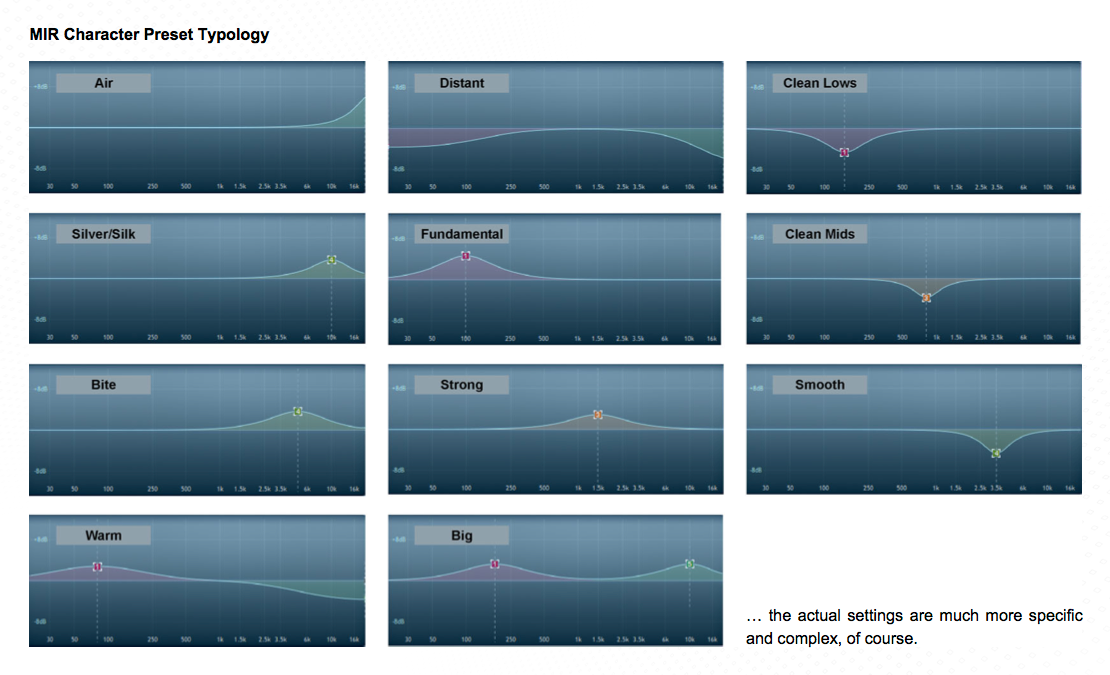@Dewdman42 said:
Roompacks 2 and 6 are awesome and probably the most "hollywood" for lack of a better word, but if you are into eclectic sound, you should definitely check out Mystic spaces pack also...it has some absolutely dreamy long tail reverberation in it. I started with 2 and 6, but ended up buying all the packs eventually anyway I just couldn't help it. The churches they sampled and mystic spaces...have really cool interesting sounds on their own and if you're into eclectic sound I think you will find a lot of reverberation in the tail to work with in those spaces.
Using a hybrid approach, nothing wrong with that, but I also agree with Dietz, you can acheive as lot right in Mir all alone. i prefer to use Miracle or some other algorithmic reverb just for the very longest and latest part of the tail in order to get a bit more modulation and movement and fill in the cracks, but all the early reflections and some of the late reflections too are coming from MirPro, which capture the character of the rooms they are modeling...
I took your advice and experimented with integrating more of MIR's reverb and found what you're saying to be quite true. I could hear the distinct character of each instrument's echoes off of the walls in the Grosserhaal venue, something that gets completely lost in a hybrid approach. It occurred to me there's a lot more to depth and spacial information than what's included in the first .3 to .5 ms, and that depth can achieve so much beautiful nuance that I find lacking in a lot of soundtrack music these days.
I also found that stereo separation of like instruments (for example, the two flutes) remains consistent the more of MIR's tail there is due to the spatial information in there. If they are bussed to a centered algorithmic reverb, the similar timbres and pitches blend together towards the center even if panned very wide unless the signal is very, very dry (unacceptably dry, in this case) This is an issue with reverb bussing that's been bugging me for a while and MIR fixes that handily.
I also investigated the mystic spaces and decided to put sounds from Massive and Absynth in there along with VSL instruments. The results were incredible, especially when ping-ponged arpeggiators were placed on the balcony hotspots. I was able to achieve a level of symbioses between sounds that couldn't be more different. Some amount of algorithmic sweetening was still needed to make the synths sound like they weren't coming out of a synth keyboard, but you were right - the monasteries are amazing for off-the-wall stuff!
In short, I'll be saving up for the roompack bundle. Like you, I'll just end up getting them all anyway, especially after hearing the konzerthaus organ where it belongs.
A question for you: when you apply MIRacle, what settings do you tweak to properly "crossfade" from MIR's tail? Do you decrease the gain of MIRacle so it "superimposes" on MIR or do you tweak the pre-delay so it "takes over" where MIR leaves off?
